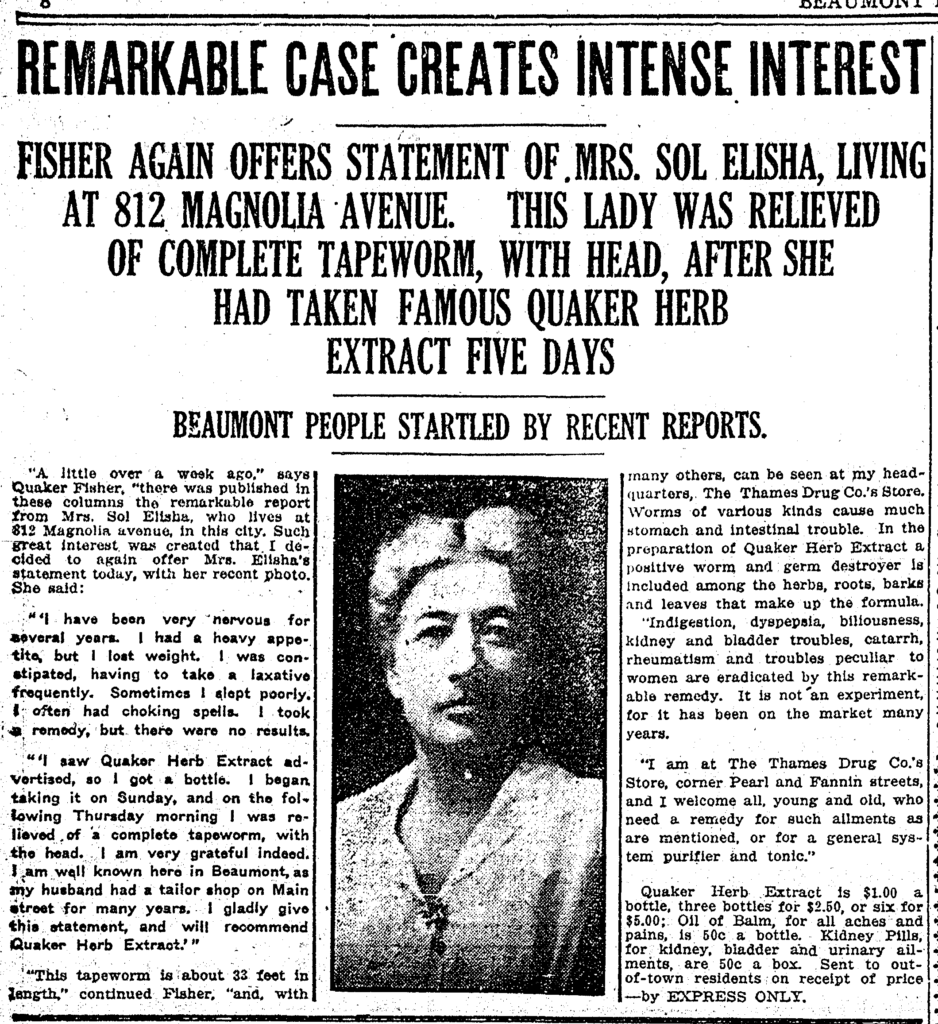
Usually, when I’m spent, I hand the blog over to the reliever Susie, and boy did she give me a rabbit hole to explore this week. I had just finished reading The Wingmen: The Unlikely, Unusual, Unbreakable Friendship between John Glenn and Ted Williams by Adam Lazarus, and I was interested in mentioning Hank Greenberg and other Beaumont Exporters who famously made it to the major league, but then Susie mentioned Mrs. Sol Elisha, and down the rabbit hole I went. I even dragged a couple of other researchers down with me. Although I won’t be getting into the Beaumont Exporters, Hank Greenberg, or the odd couple (Ted and Glenn), I will get into a little bit of the Elishas’ story. Some more will follow next week.
The Elishas lived at 812 Magnolia, right next to Magnolia Park, which opened in 1911. Addresses can change over the years; also, according to Don Streater, a reporter for the Beaumont Enterprise, Piggly Wiggly bought the property in 1939. For researchers, Streater is NOT a source of accuracy. He forgot to mention that in 1929, the Masons bought the property, which was supposed to become a new Masonic temple. Plans change, and to this day, the site is still an empty lot. I’m sure Mrs. Sol Elisha would revel in knowing the absence of people, traffic, and baseballs.
In May 1916, the first lawsuit (for $15,940) was filed against the Beaumont Baseball Club, with Ed Stedman, H. C. Langham, and E. A. Fletcher as defendants. I’m sure some of you can recognize these names. The lawsuit against these property owners and baseball itself did not succeed.
I don’t know if the Elishas’ property was at the back of the home plate and the grandstand (I think it was) or in the homerun derby zone. However, I think they were disgruntled, and they had a good reason to be. Most of their gripes were related to baseballs hitting the roof and windows of their property, as well as other damages. Also, they lived in the same scenario that plagues anyone living near a high school football stadium today—loud, obnoxious fans and lots of people walking down their street. I feel for them, but this article appeared in October 1916. A Quaker Herb Extract advertisement states that this elixir got rid of a 33-foot tapeworm from Mrs. Elisha’s body and that you should buy it for a dollar.
The things you saw in the media in 1916 sucked as much as those in 2024. CHANGE MY MIND!
We’re still looking into the Elishas and this episode in particular, but after all that went on, Mrs. Elisha refused to give the baseballs back, so she accumulated a tub of them. Luckily, Florence did not accumulate the legs, arms, and tonsils thrown out by the new medical clinic built next to her apartments on Magazine Street.
It’s Memorial Day weekend, and I hope you understand what this holiday is all about. It is not about barbecues, beaches, jeeps, and you getting a DWI charge on the peninsula. Memorial Day is a special day that remembers those who died protecting this country and others. Our heroes are scattered in hallowed ground worldwide, and their memory should be preserved.
Here is the origin of the holiday; it goes back to the Civil War. I understand that there were memorials both in the North and the South, but history is mostly written by the victors. Have a safe and happy Memorial Day weekend.
Memorial Day is a time to reflect on peace and remember those who made the ultimate sacrifice in the service of our country. It is a time to honor the dead, but many have forgotten its meaning over the years. Most people see this day as the start of summer and shenanigans such as barbeques, beach outings, and vacations. I guess this is acceptable. But we should not forget that those who we remember on this day played a vital role in retaining the freedoms we still enjoy.
Finding the origins of this holiday should be simple, but it’s easy to get bogged down in different timelines and arguments about which city and state first celebrated the day. Everyone agrees that the first ceremony was held during the American Civil War. At the time, both the South and the North observed their fallen by placing flowers on their graves. Warrenton (Virginia), Savannah (Georgia), and Jackson (Mississippi) are a few places where people publicly expressed their love toward the dead during the war. There is even a story about 10,000 people, including recently freed slaves, who held a parade in honor of 257 Union soldiers who had died in captivity in Charleston, South Carolina.
The official National Decoration Day began on May 5, 1868, when General John A. Logan proclaimed that this date would be observed as a holiday nationwide. According to the US Department of Veterans Affairs (USDVA) website, in 1966, Lyndon B. Johnson declared Waterloo, New York, as the birthplace of Memorial Day because people there honored “local veterans who had fought in the Civil War.” I wouldn’t rely on the USDVA for accurate history. Honor a veteran on Veteran’s Day, and honor the dead on Memorial Day.
There have been many accounts on both sides about when this tradition started; I lean toward the Southern ones. It doesn’t matter if it was Southern women placing flowers on the graves of both Confederate and Union soldiers or 10,000 ex-slaves marching to honor Union soldiers in Charleston, South Carolina. Regardless of the precise scenario, these events happened. A brother against brother war is idiotic; moreover, sisters also died in this Schadenfreude war. Let us not forget this human tragedy.
As we remember, so shall we honor.
Until next week!


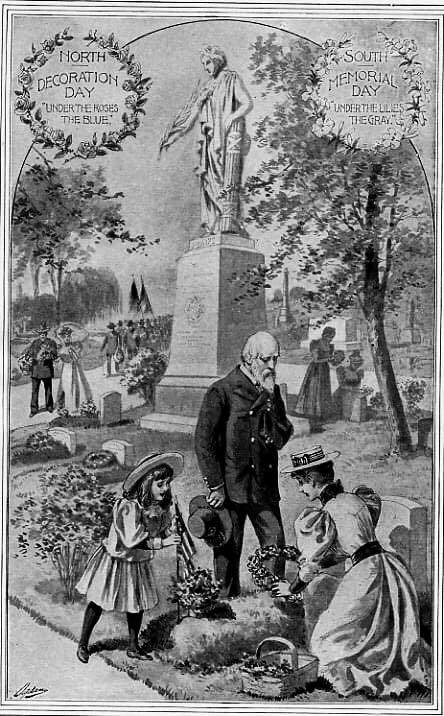
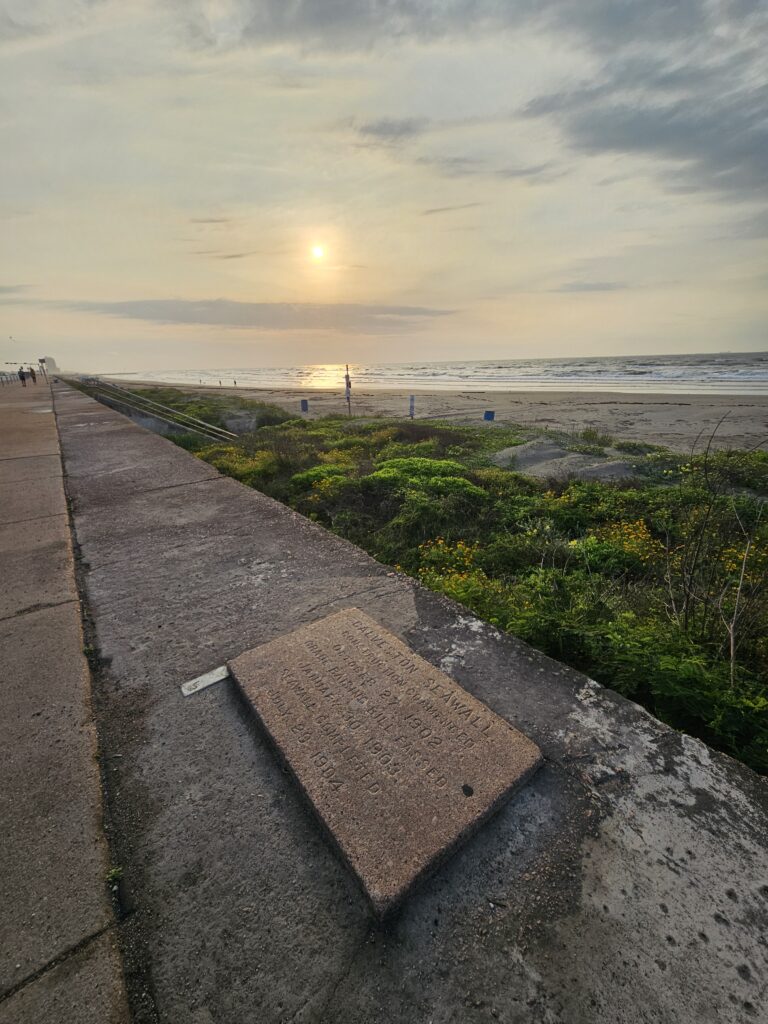
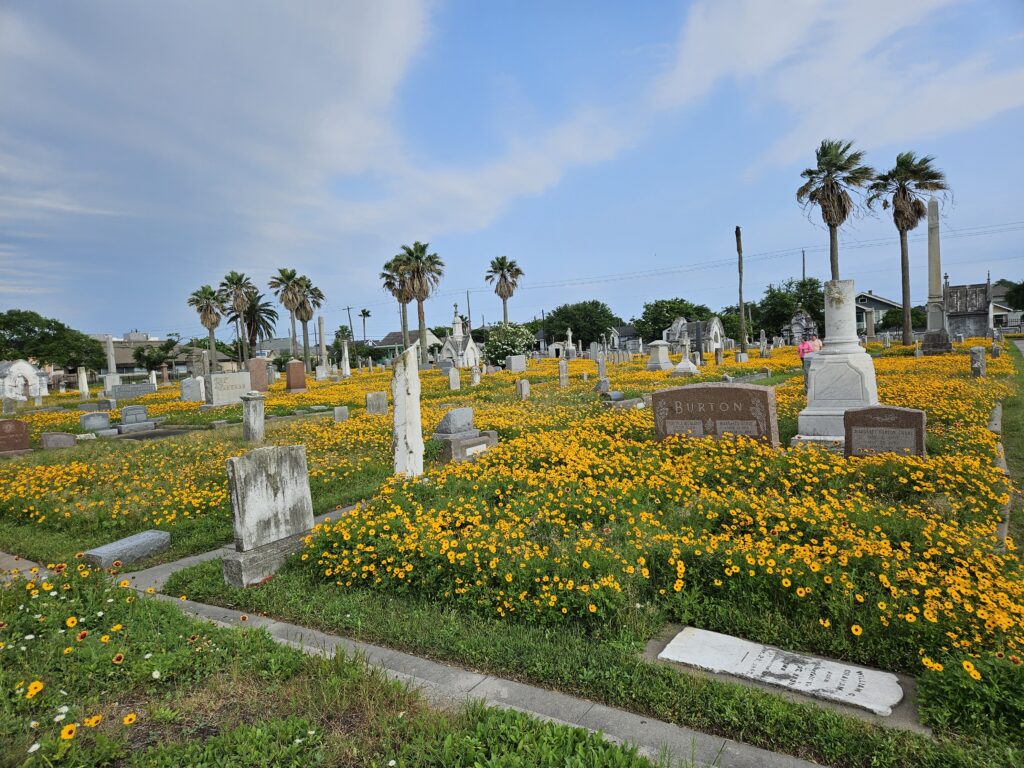







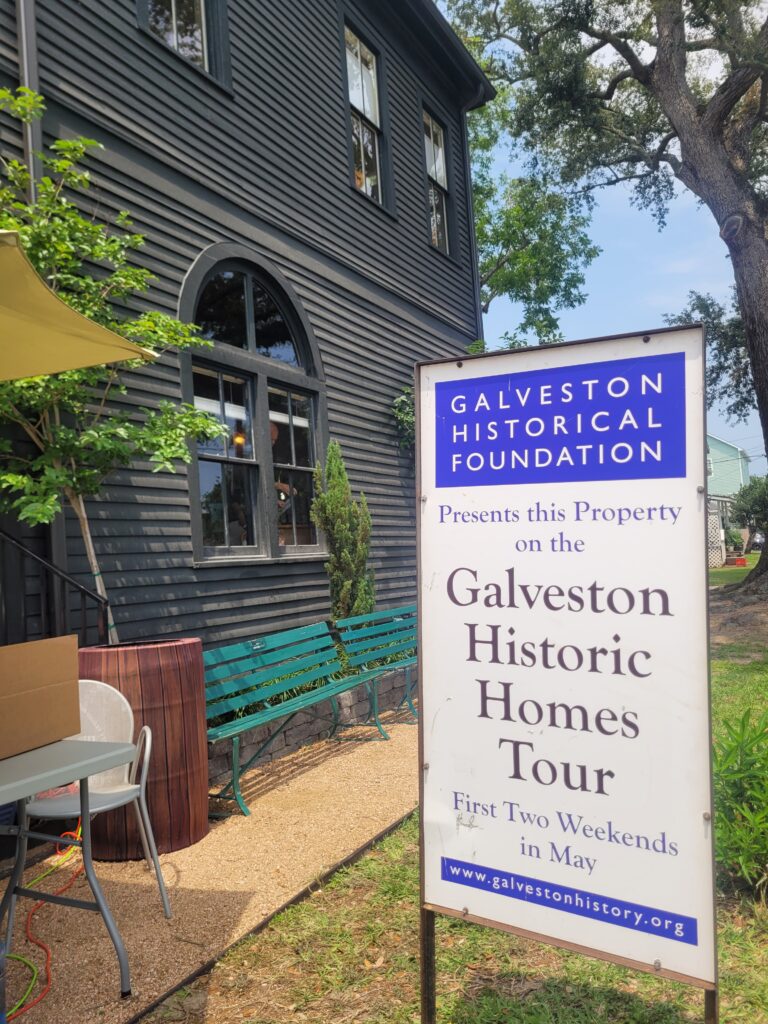
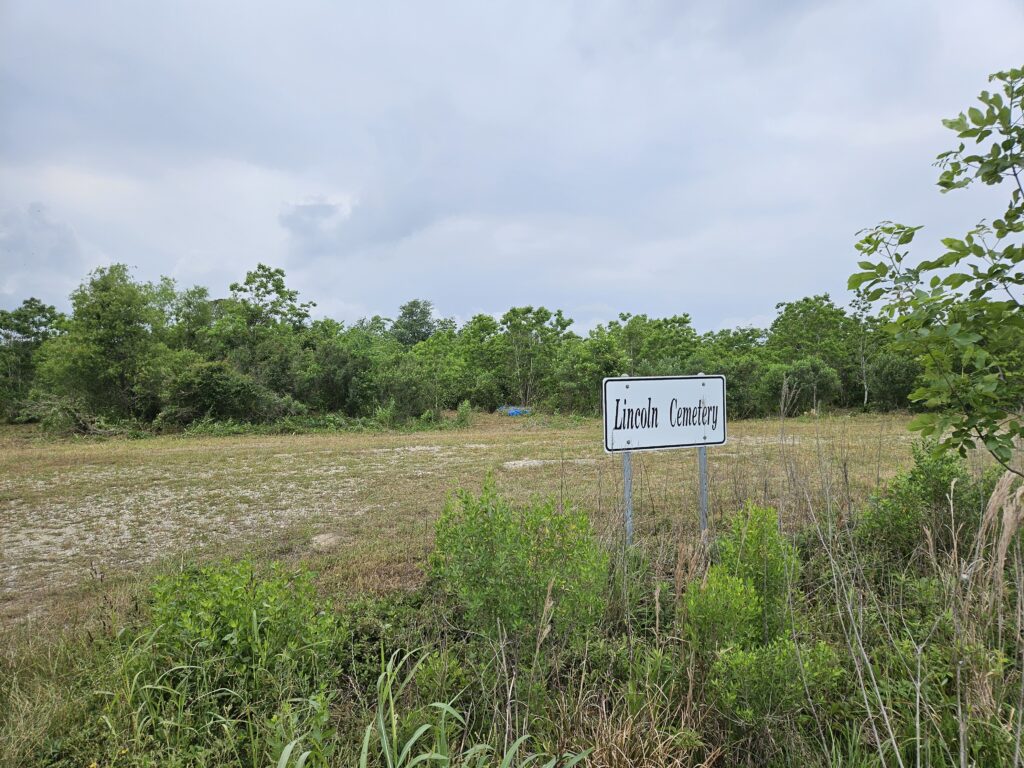
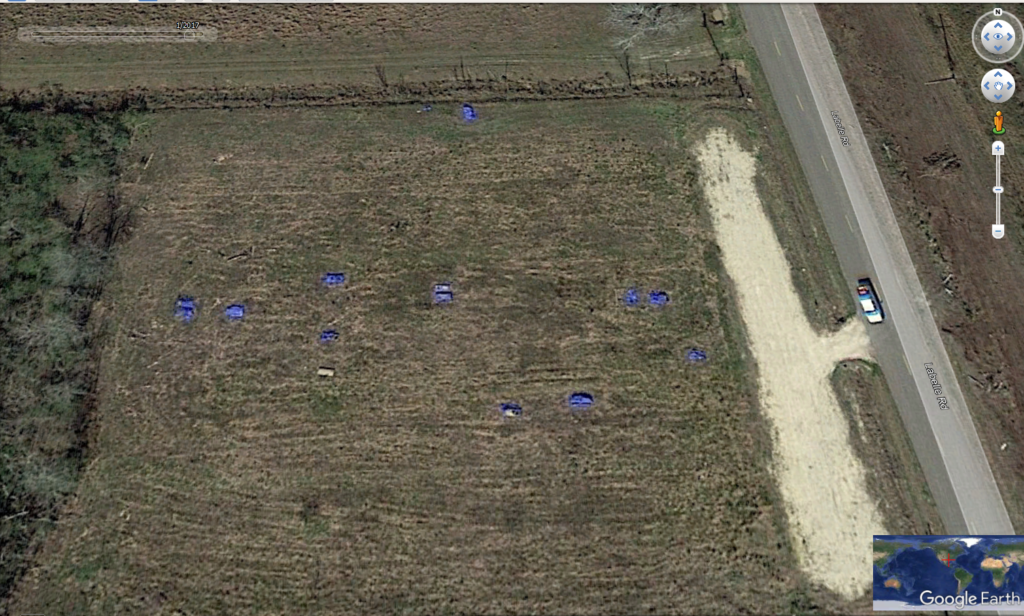

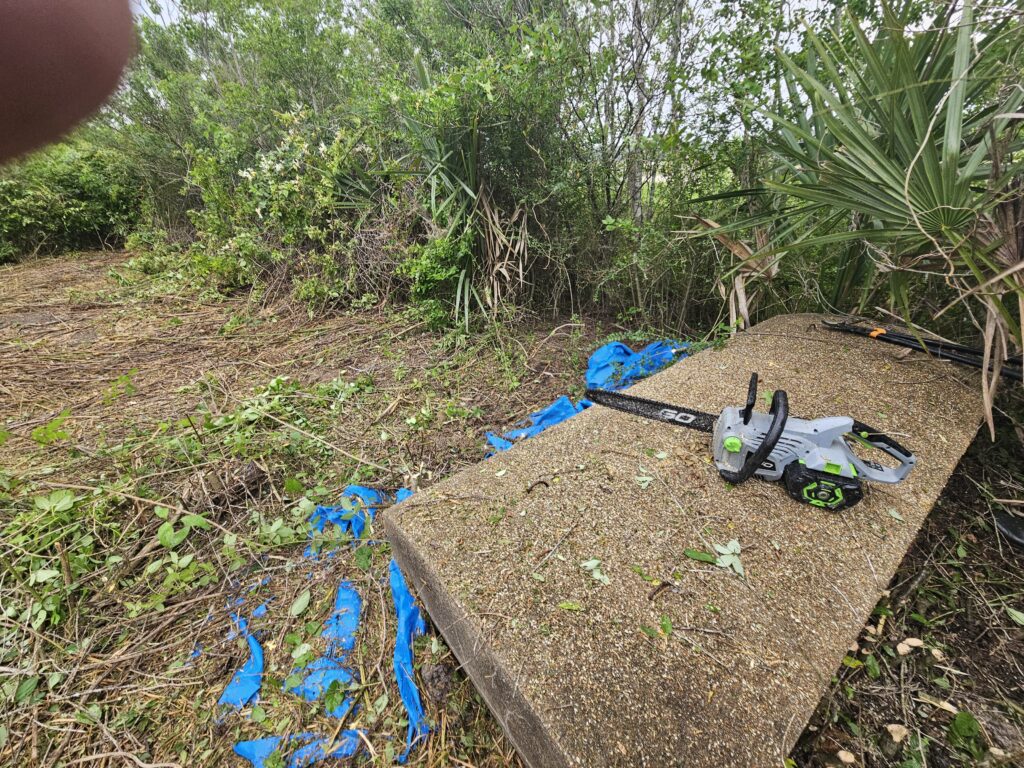
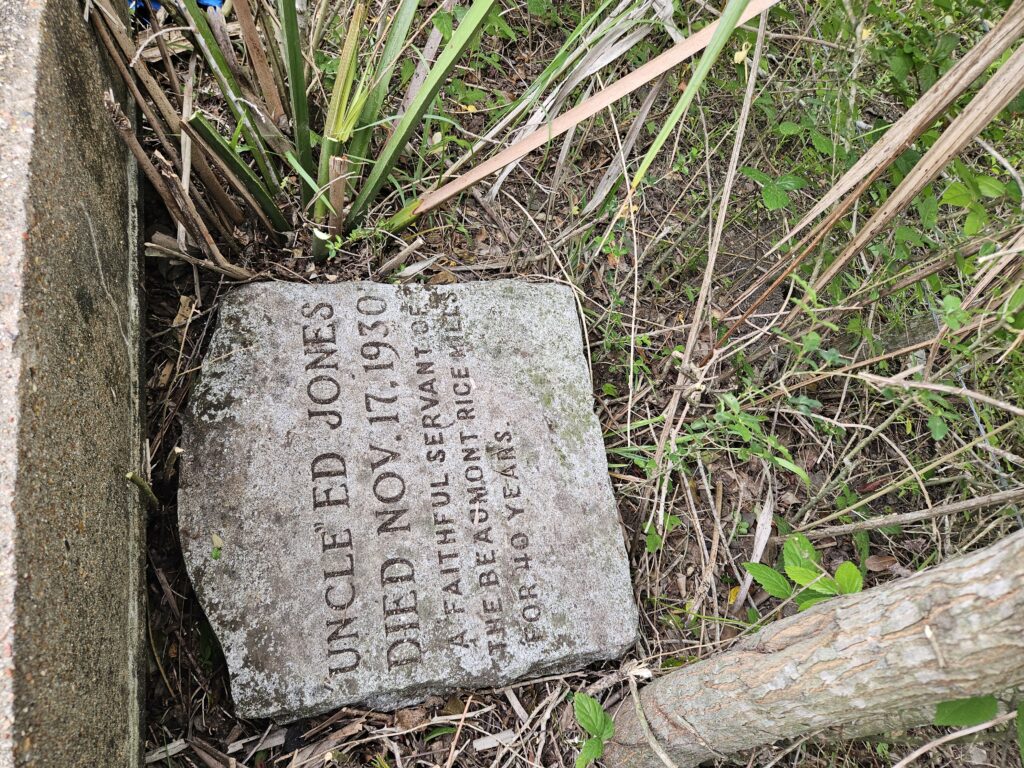


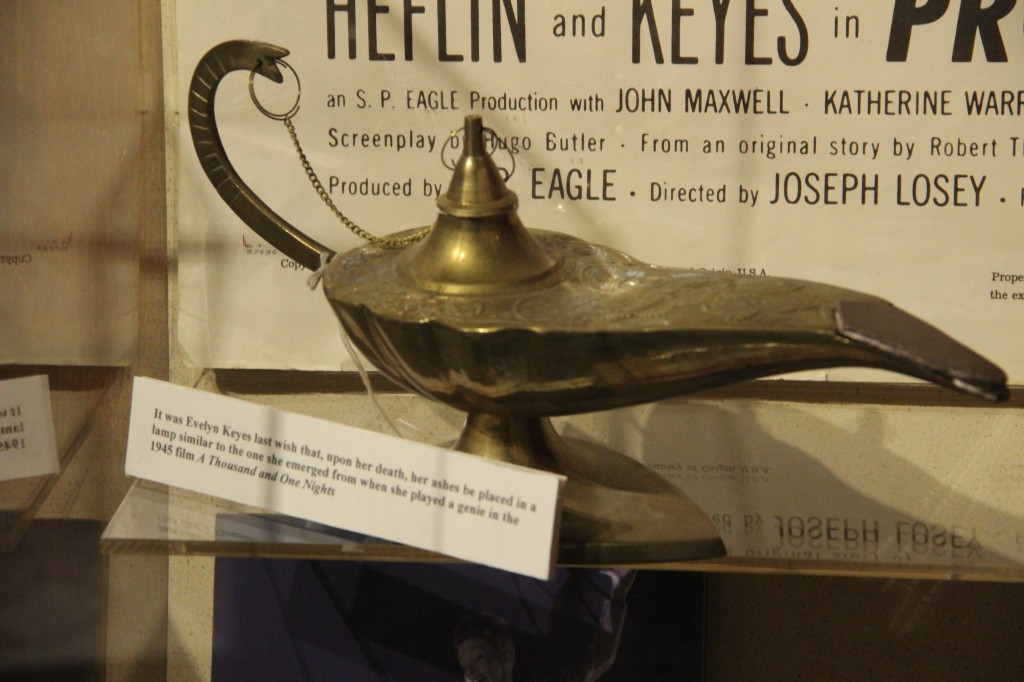

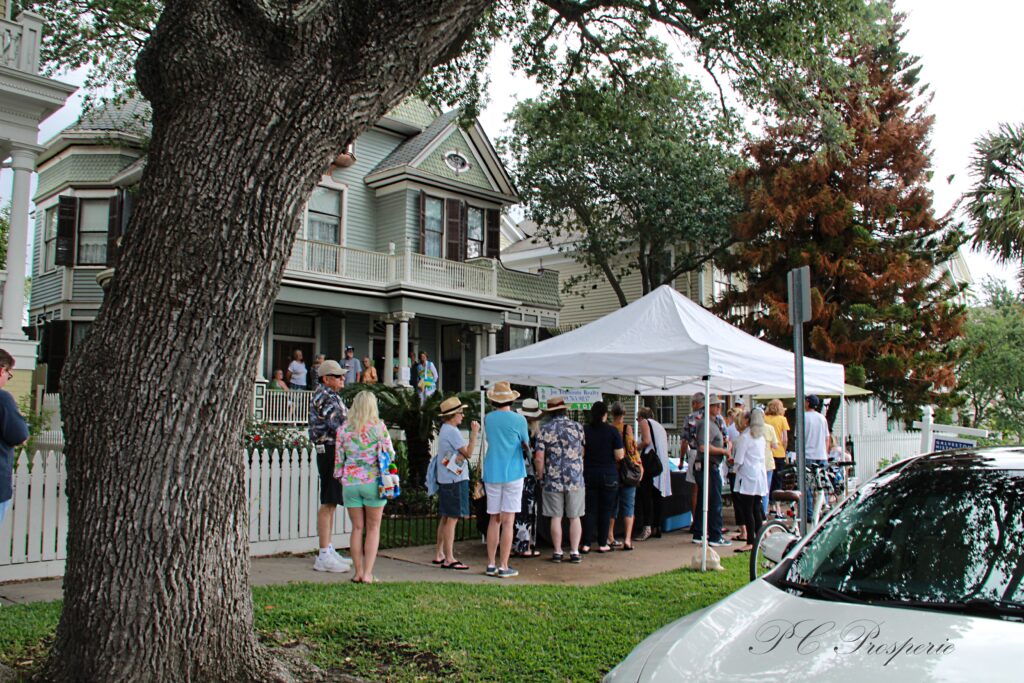
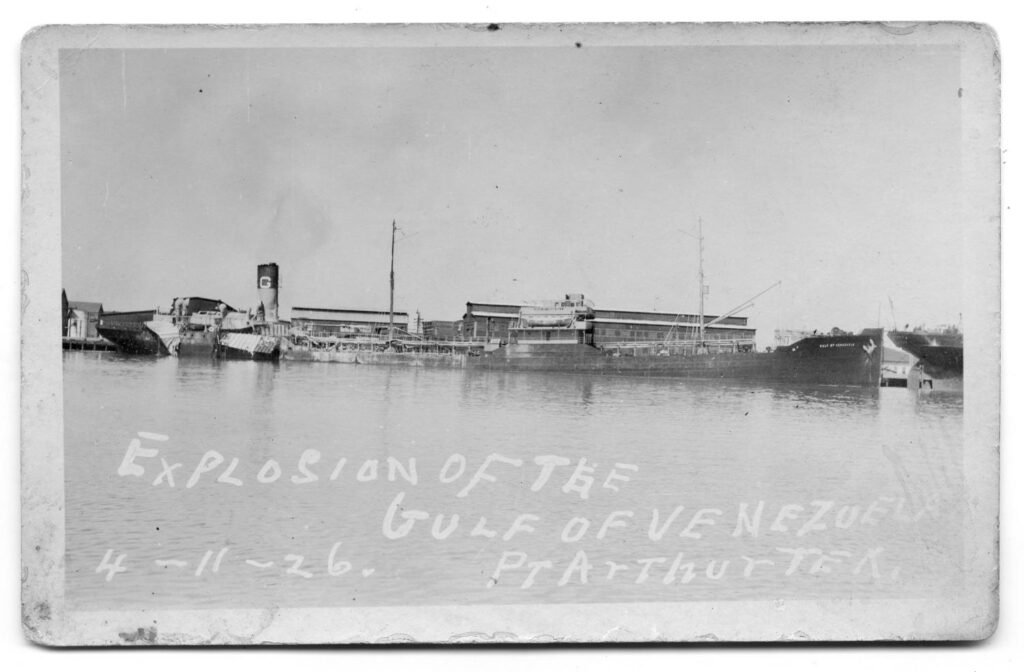

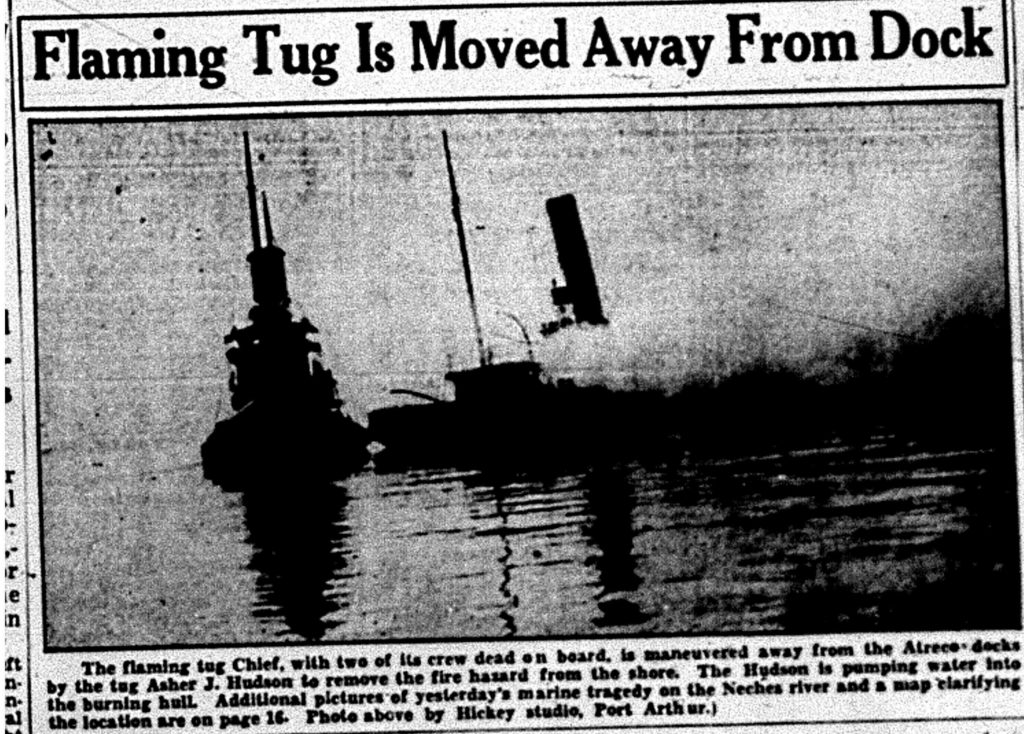

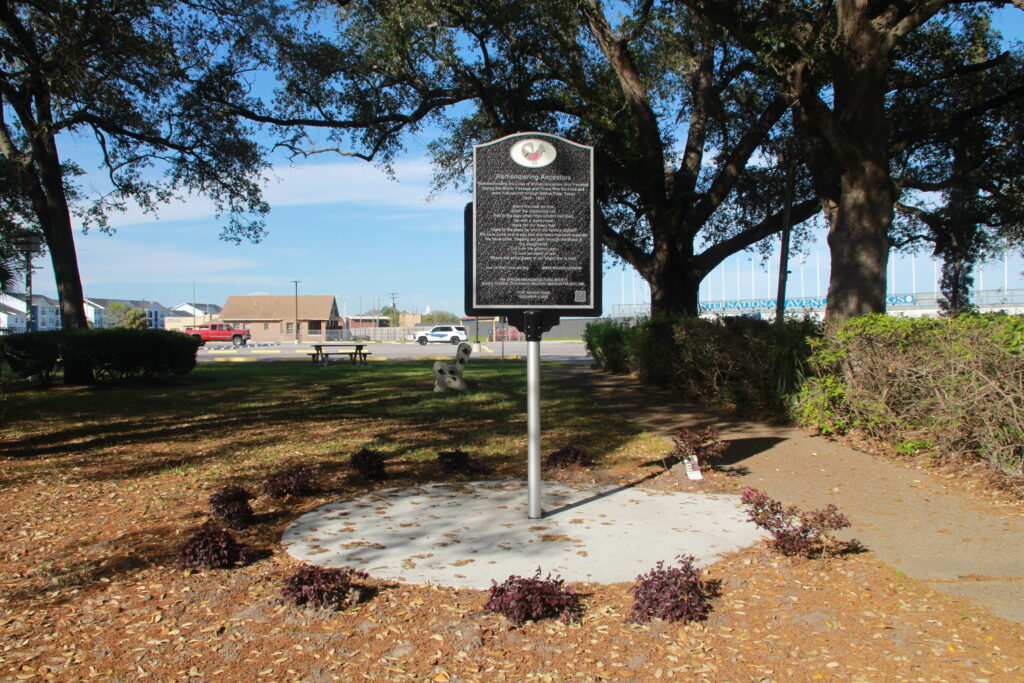
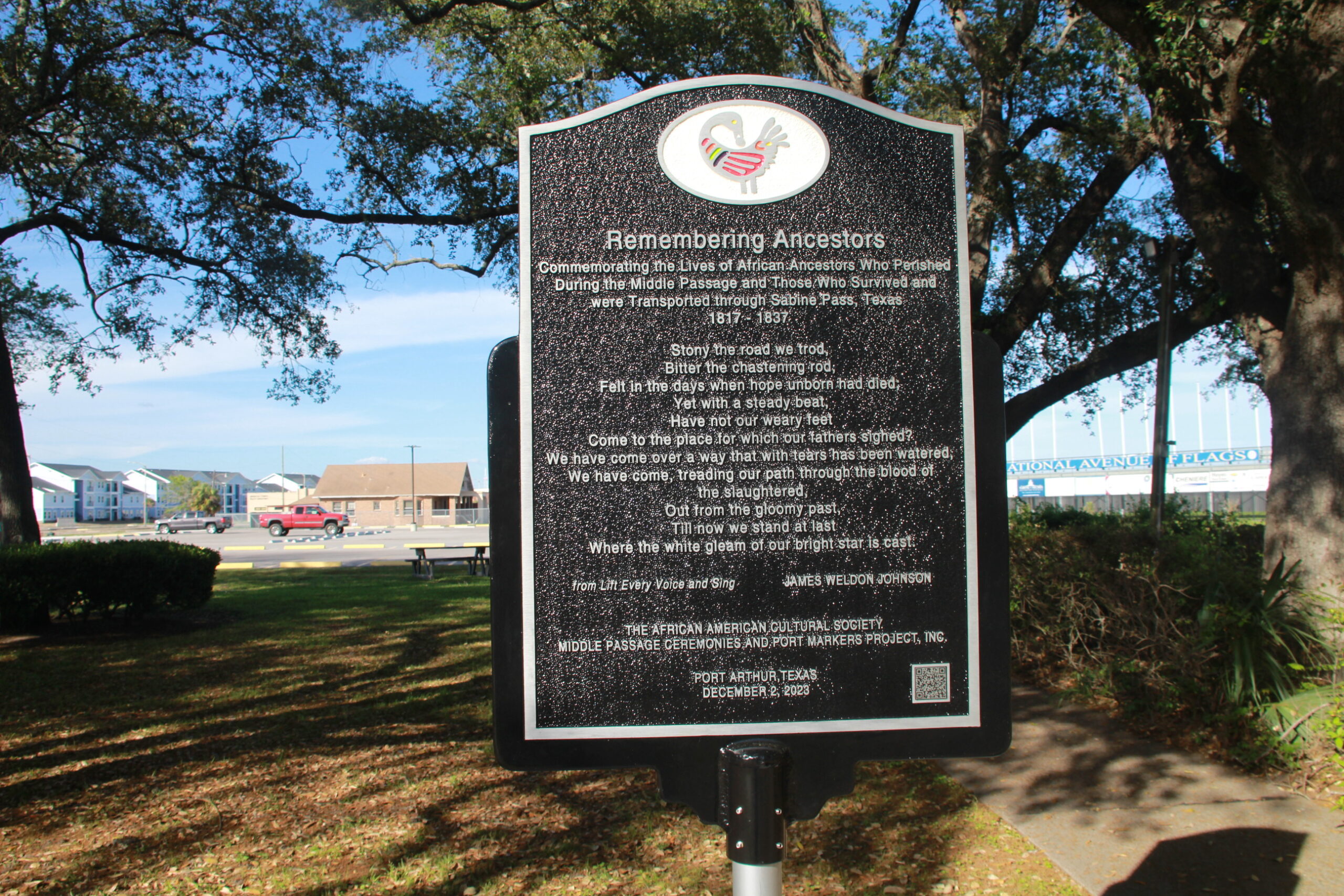
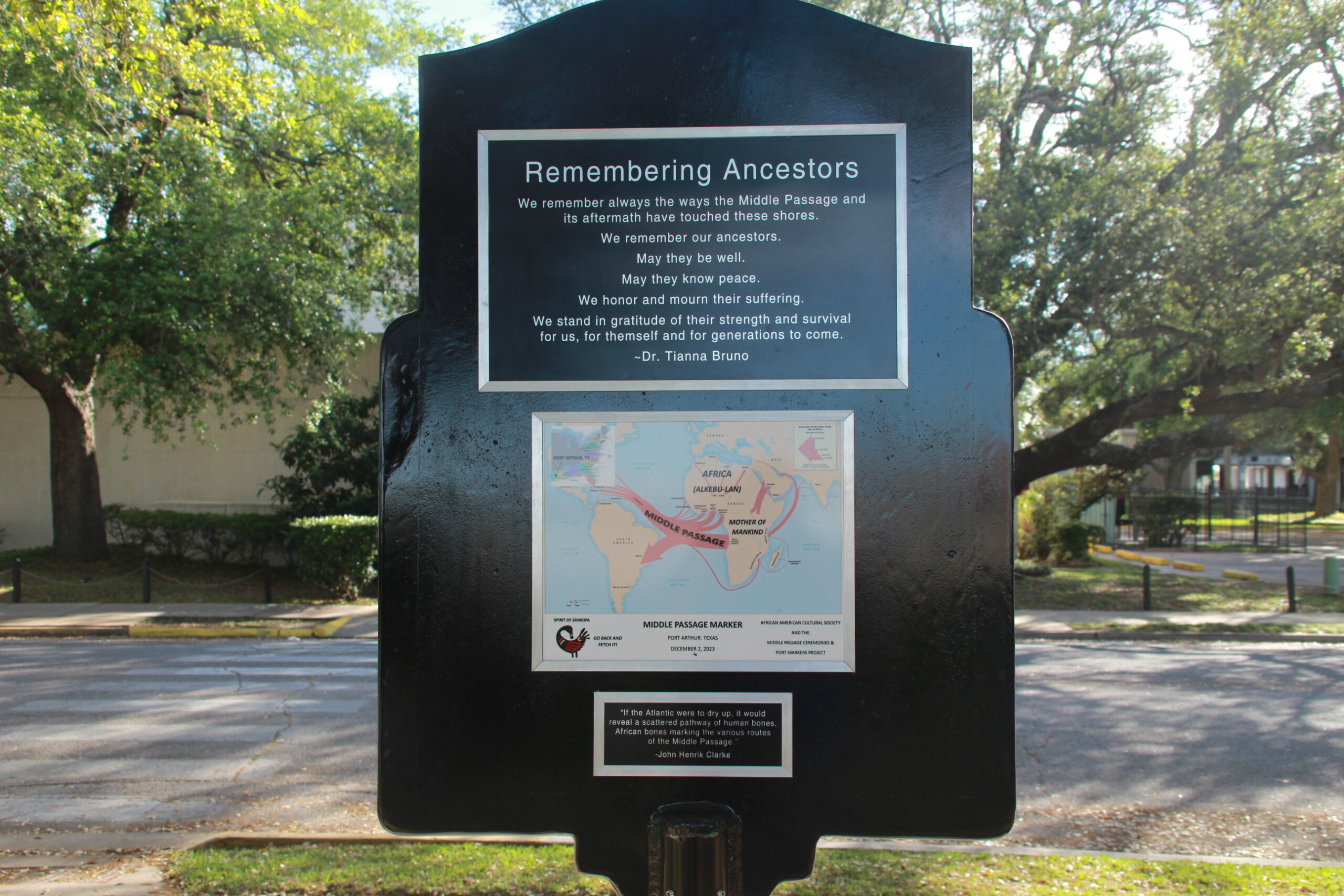
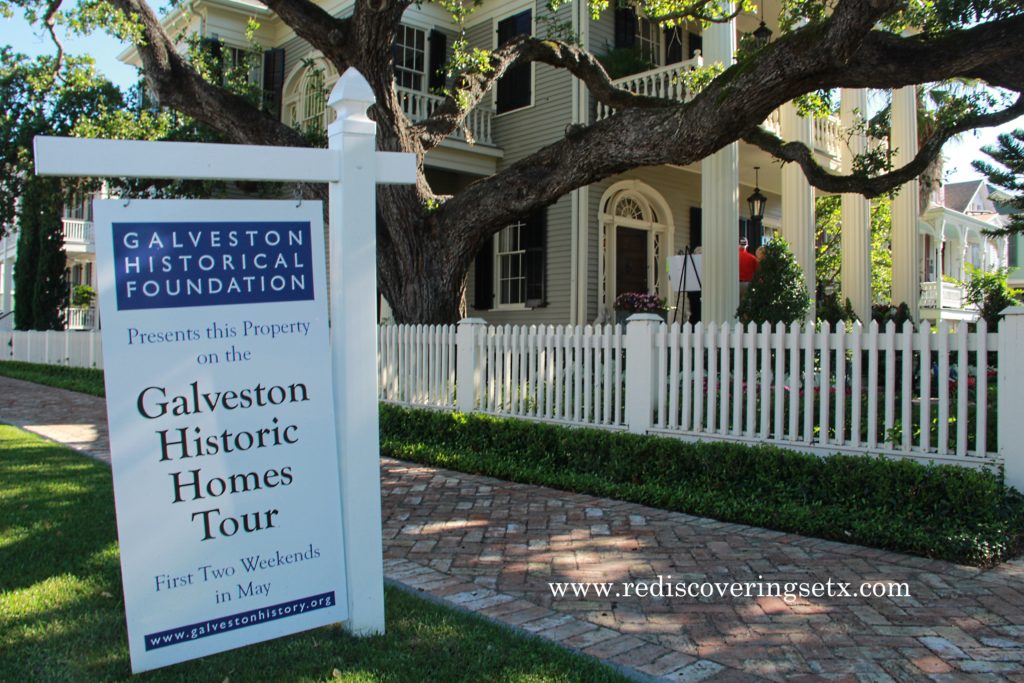

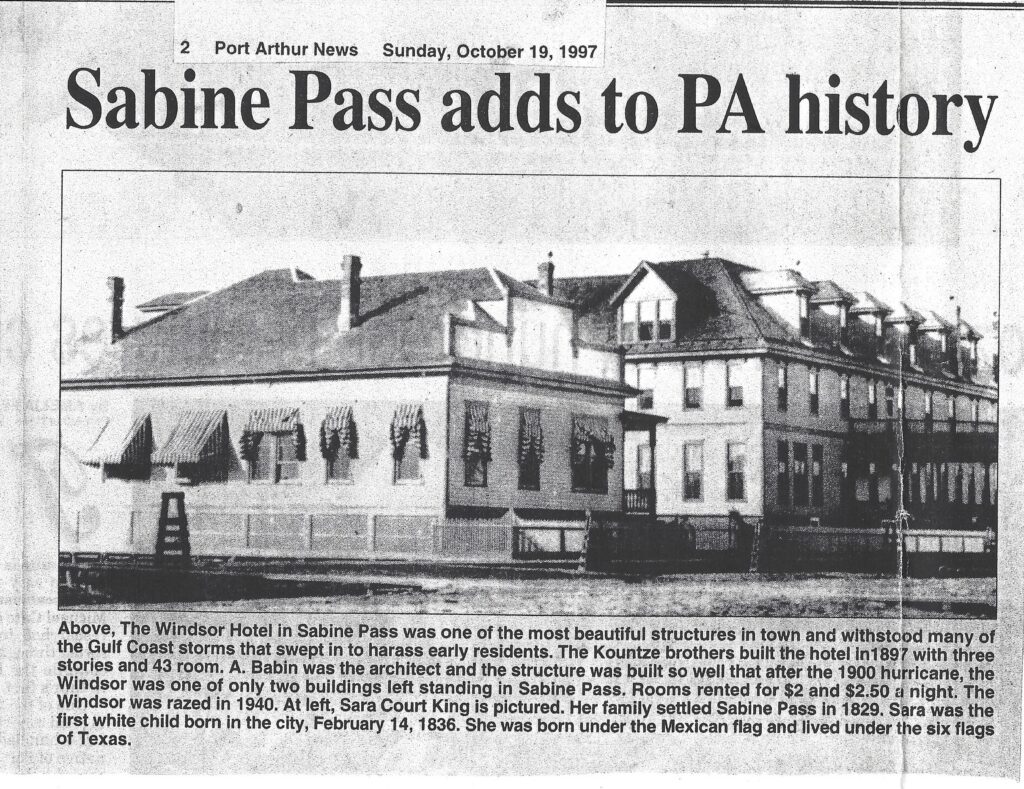
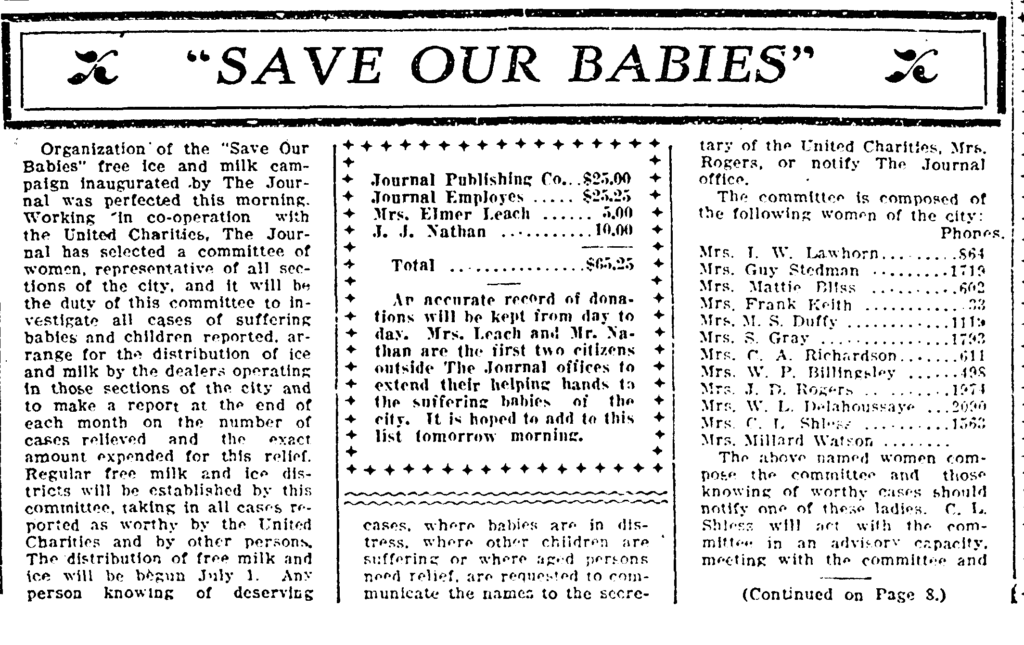
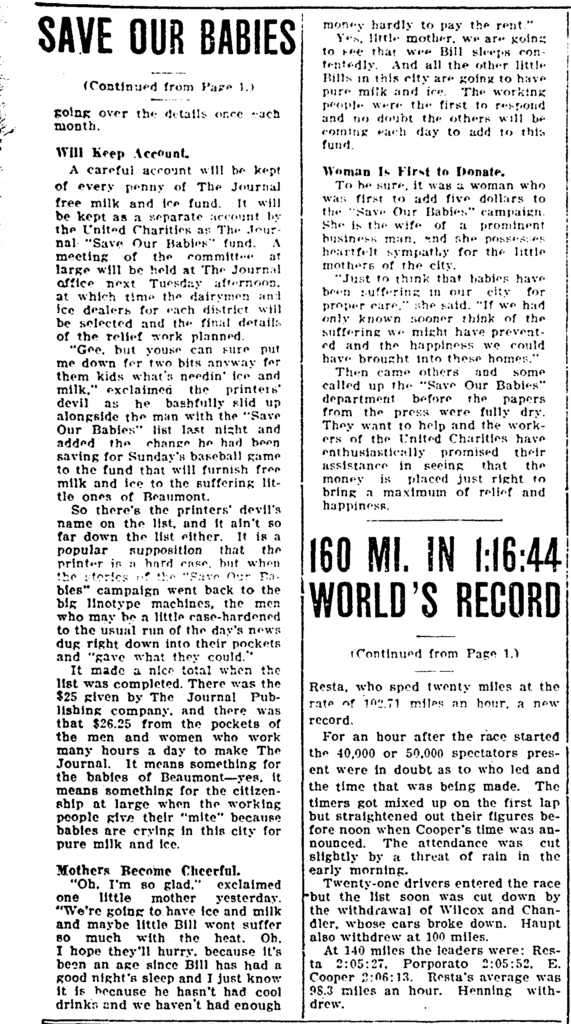
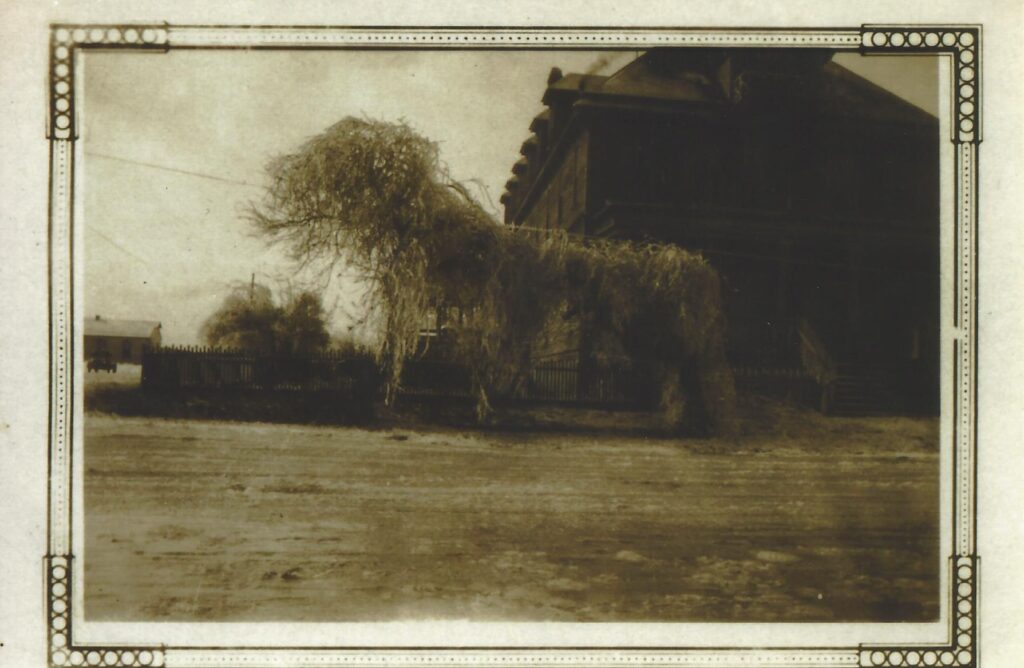


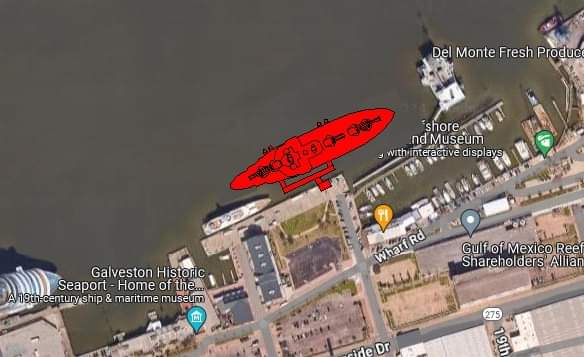
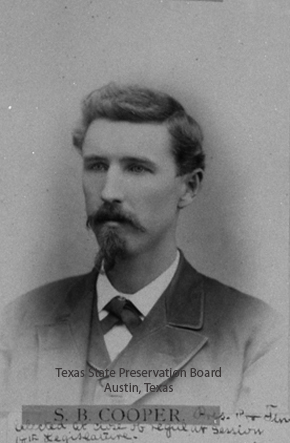

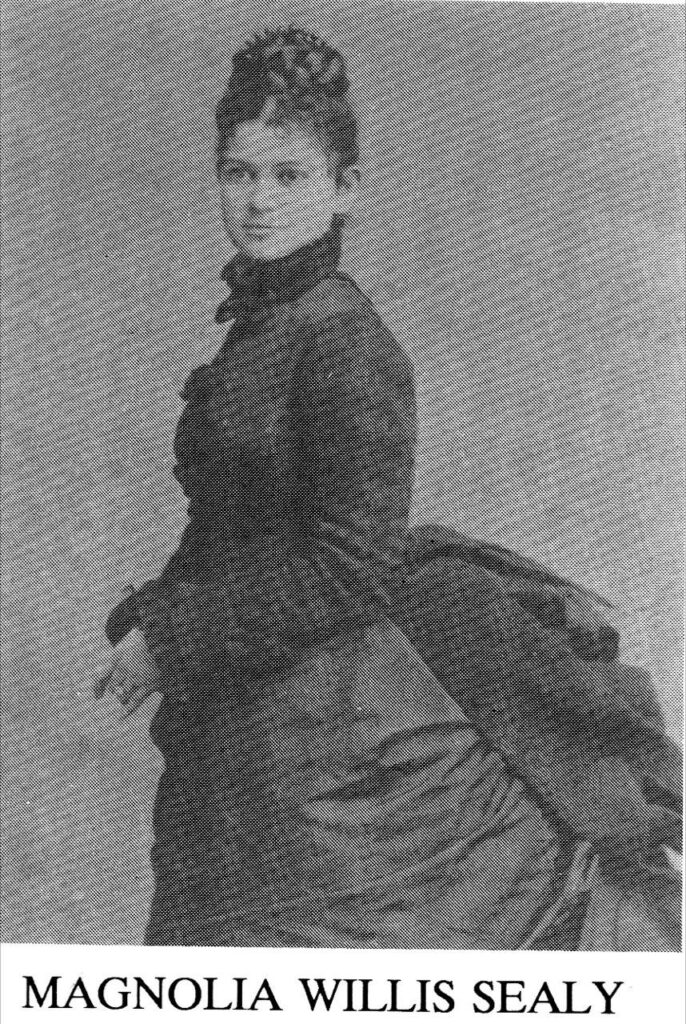
You must be logged in to post a comment.